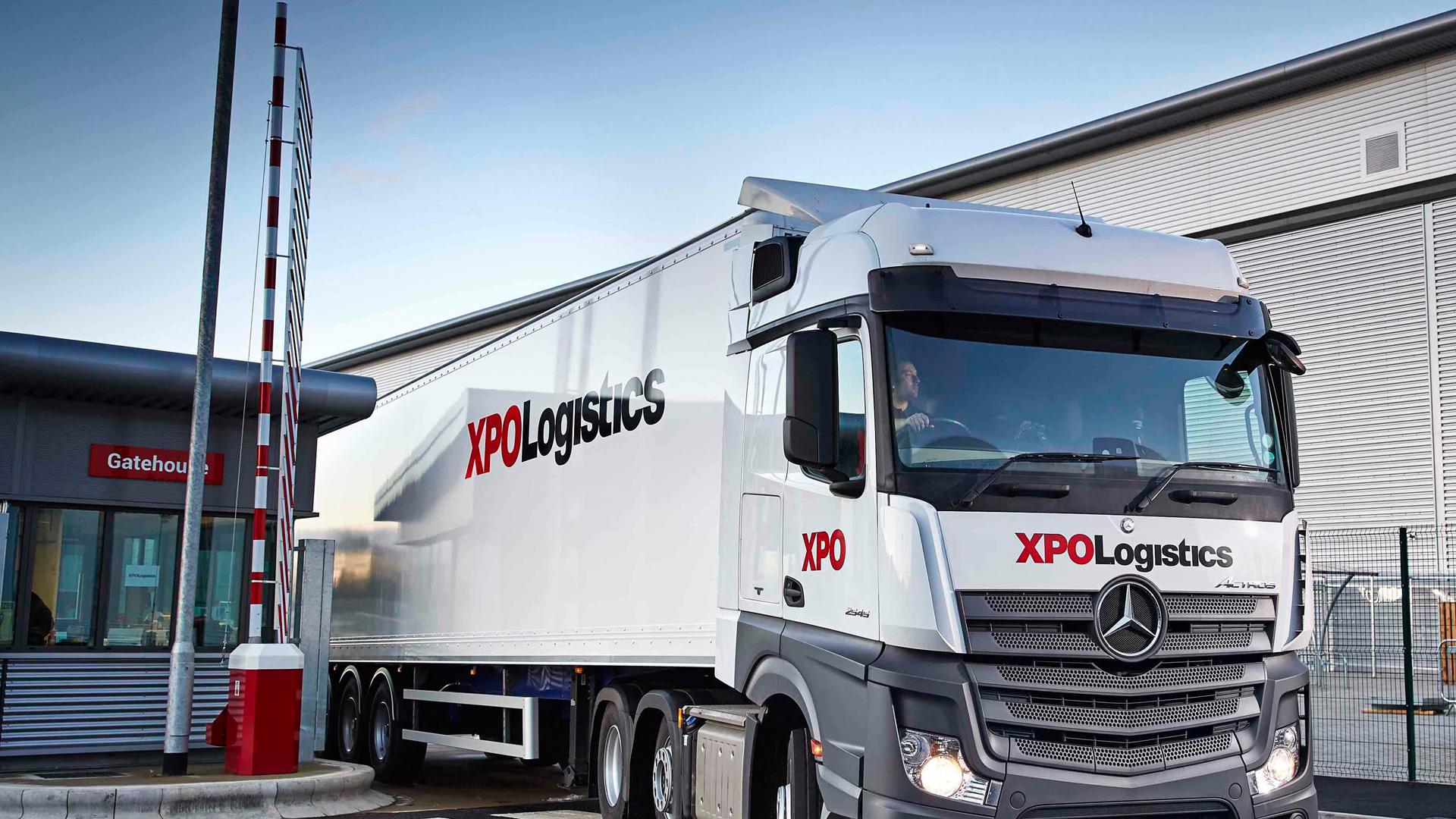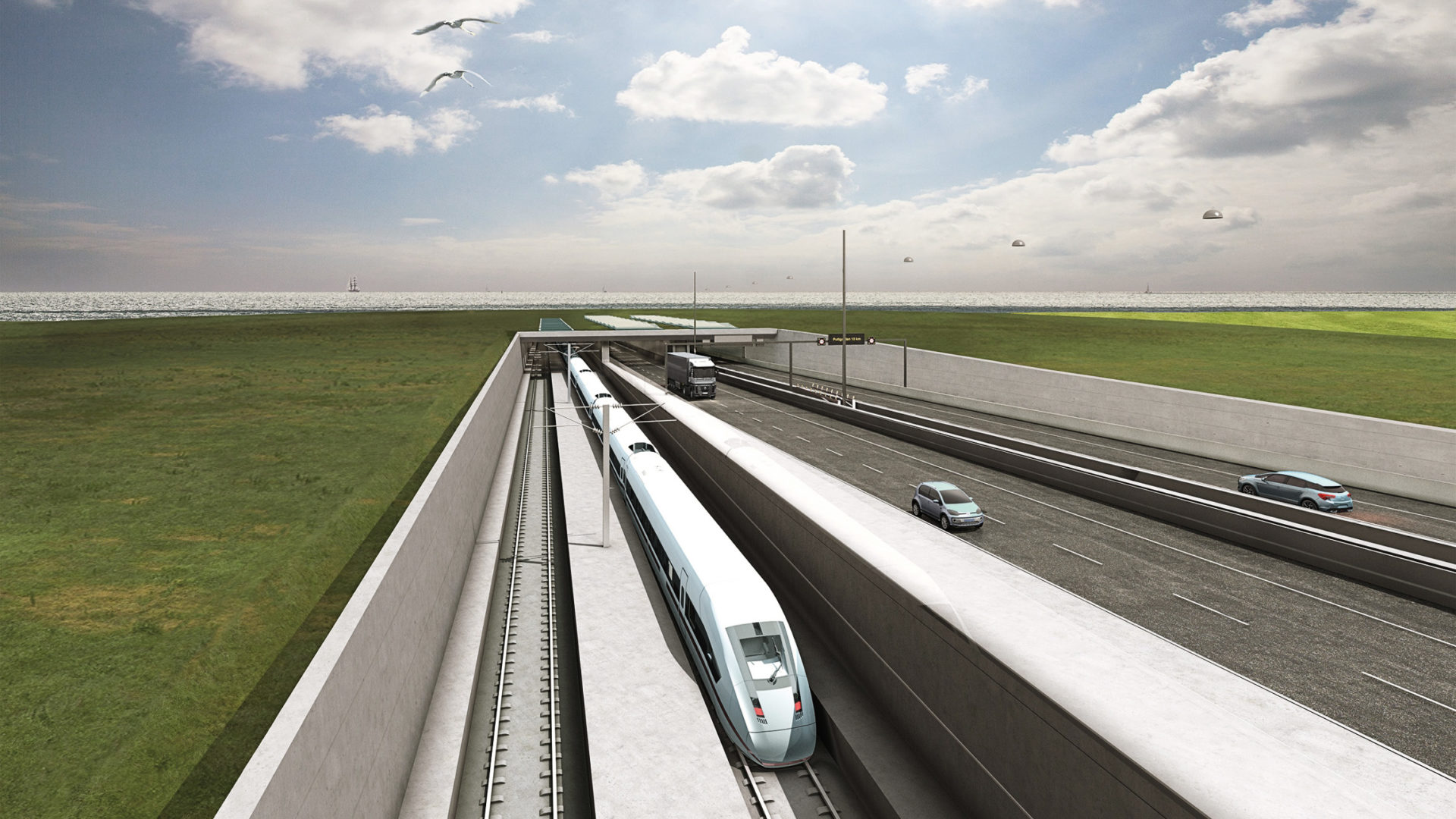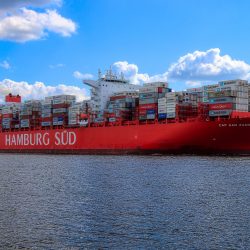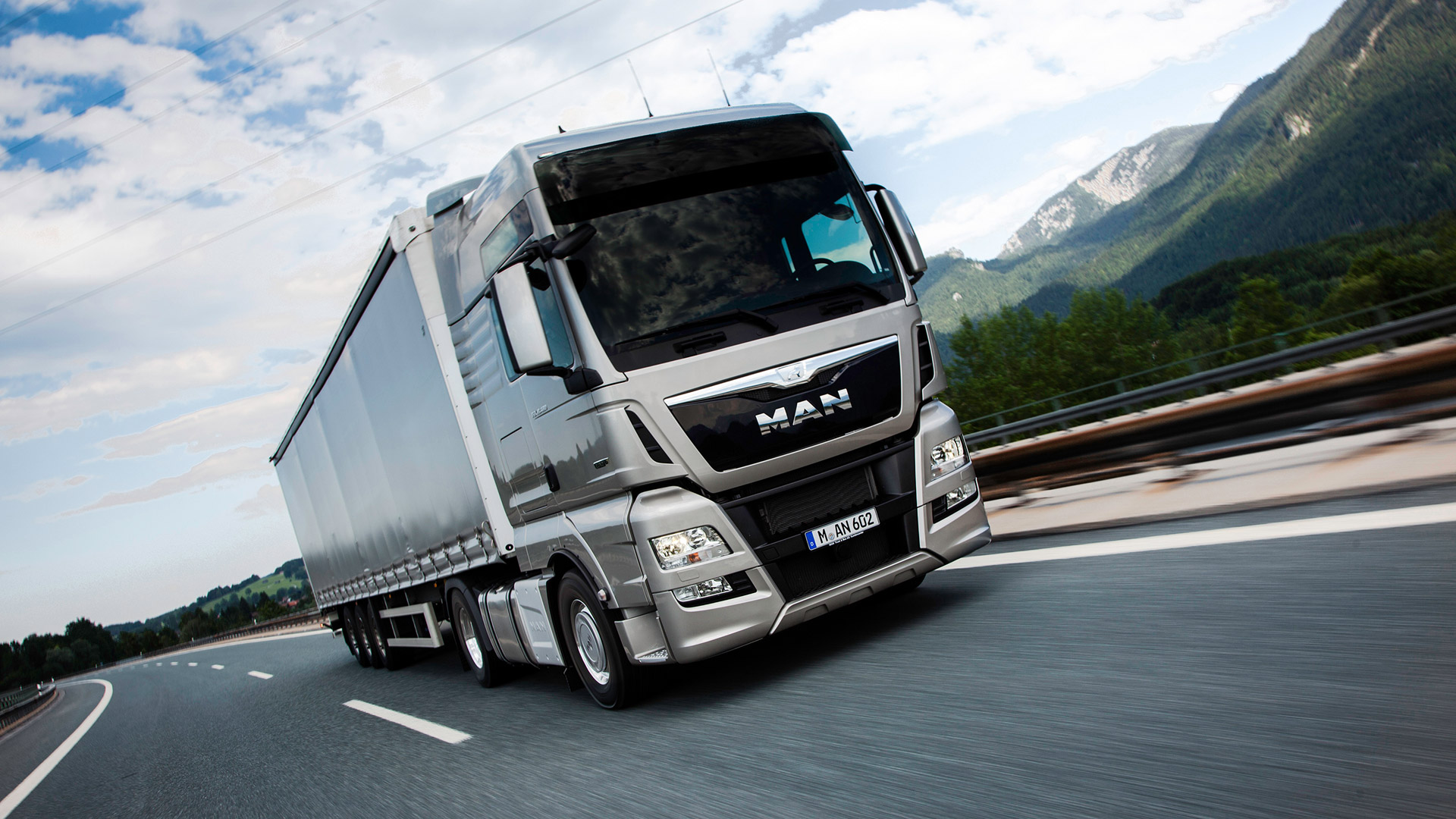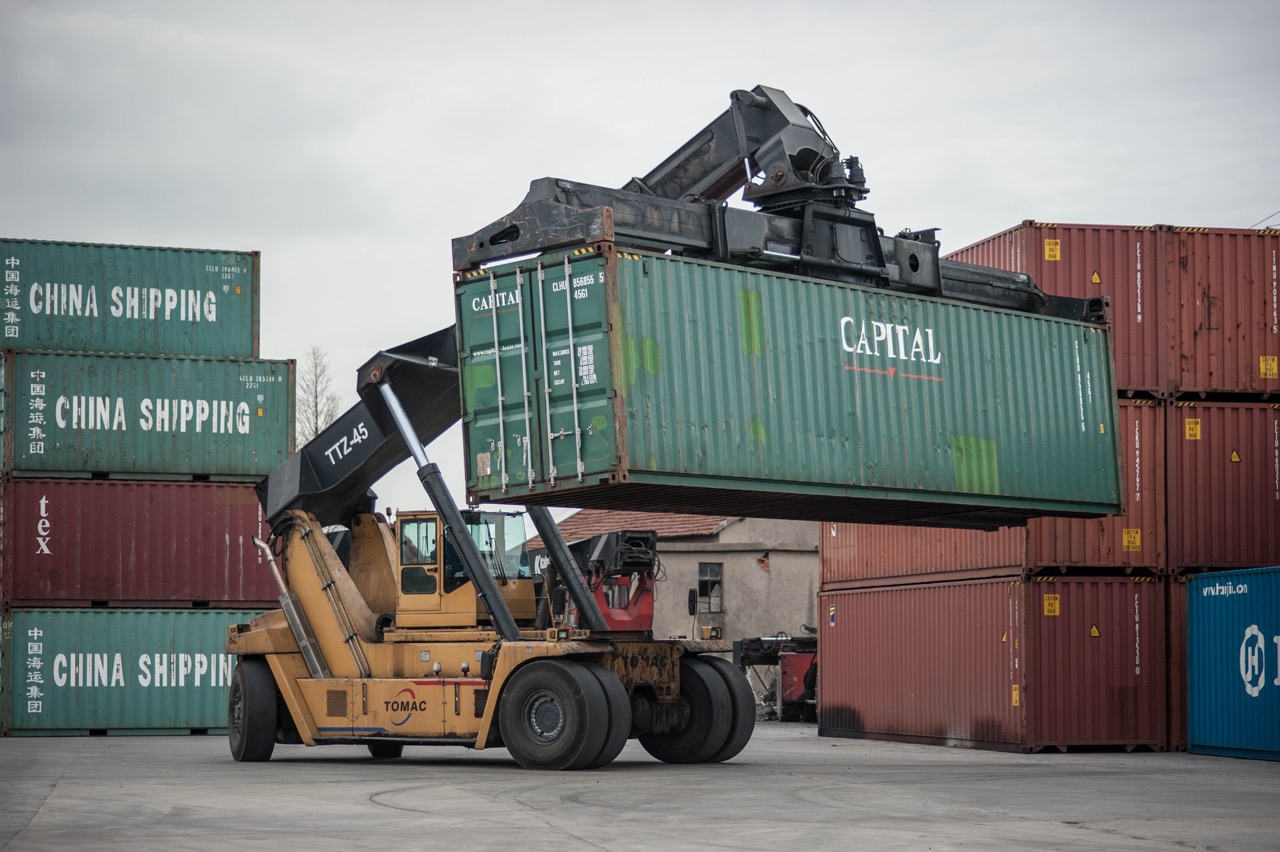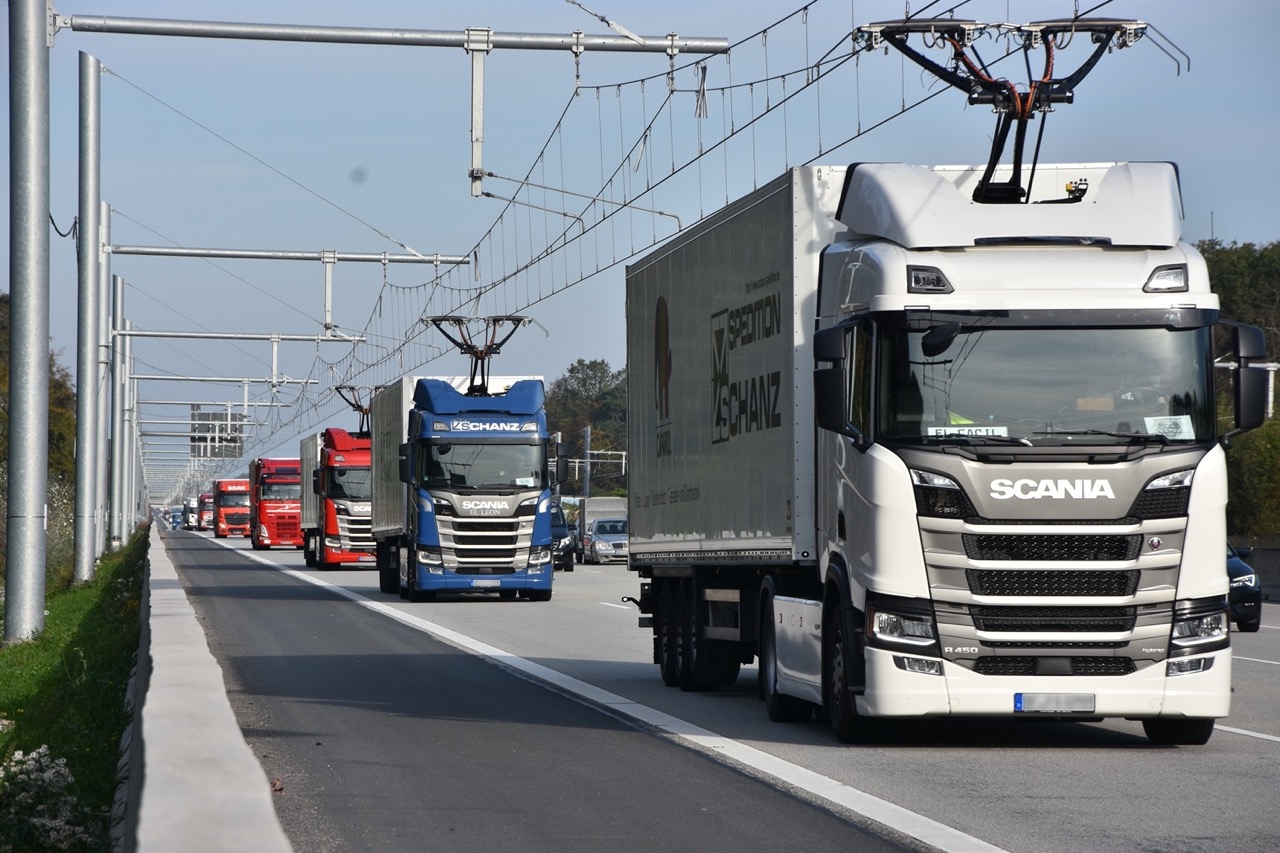The shortage of drivers in the EU has increased by 40% this year
IRU has presented a report showing that the shortage of drivers in the EU has increased by 40% this year. In 2021 there were 425 thousand vacancies for truck drivers in Europe; compared to 2020 the shortage of specialists in this field has increased by 41%. At the same time for 2 years, the situation has not improved, and the transport sector of the EU is in even greater need of drivers.
Companies in Great Britain suffer from a shortage of employees most of all. Last year there was a shortage of about 80-100 thousand workers to cover all the needs for drivers. In Poland, the shortage is at the level of 80 thousand. In Germany, we need from 57 to 80 thousand drivers.
One of the factors of the growing shortage of specialists is the aging of workers, which is aggravated by a small inflow of young drivers. Right now, the average age of truck drivers in Europe is around 47 years old, with only 7% of young people under 25 years old. The Netherlands has the youngest drivers at 13% of the total workforce. The last place in terms of the influx of young people into the profession is Great Britain, with only 2.2%.

In order to attract new specialists, transport companies raise the level of wages. However, this decision led to an increase in operating costs, which affects the cost of services for businesses and households. In addition, the global energy crisis has caused a serious rise in the price of diesel fuel, as a result, the share of fuel costs alone is half of the total cost of carriers.
According to the IRU report, last year the revenues of the European freight transport sector decreased by 5% compared to the pre-pandemic levels. In general, the situation had a very negative impact on the development of the entire sector. Many logistics companies are on the verge of bankruptcy. To reduce the damage to the business, the government introduced measures to support the economy, including the transport sector. These programs helped many carriers to stay afloat. However, the situation is still unstable. IRU analysts warn that by the end of this year the company’s revenues may decline by about 0.4%.
Given all the global and domestic difficulties, carriers are forced to raise rates for their services. This has led to a record increase in rates – the European Ti-Upply-IRU index exceeded the 108.3 mark, the highest since 2017.
To address the shortage of truck drivers, a number of European countries are reviewing legislative initiatives that will expand opportunities for carriers. For example, the government intends to bring in specialists from other countries or introduce special programs to train workers.






